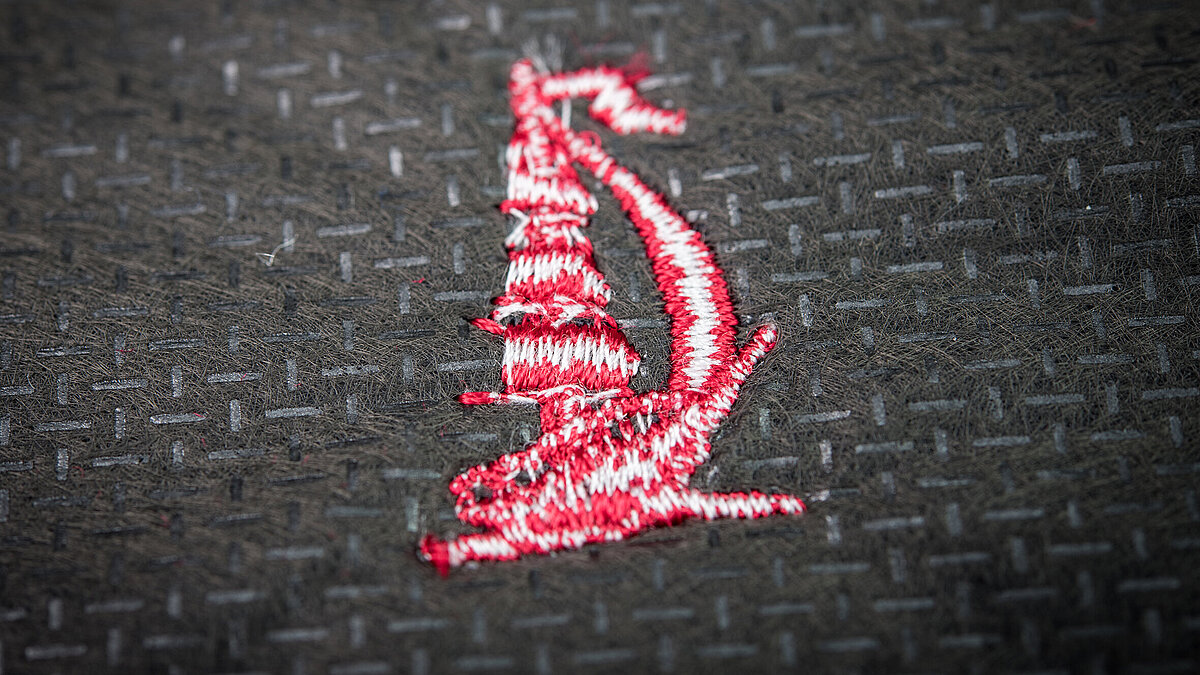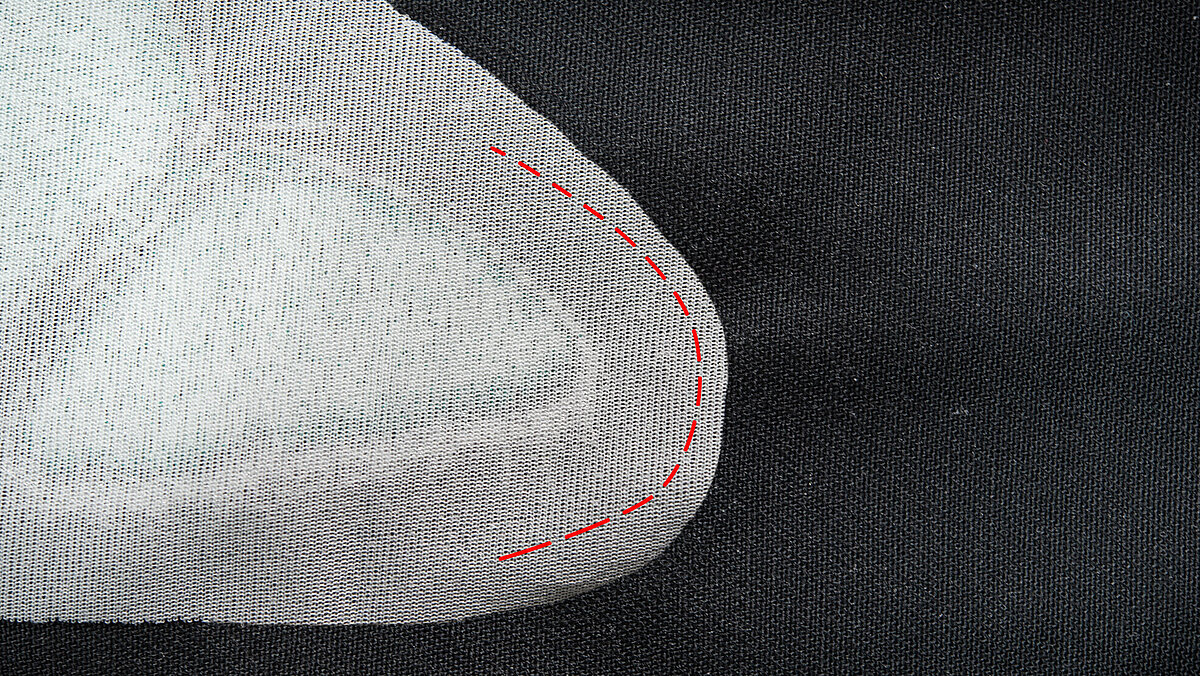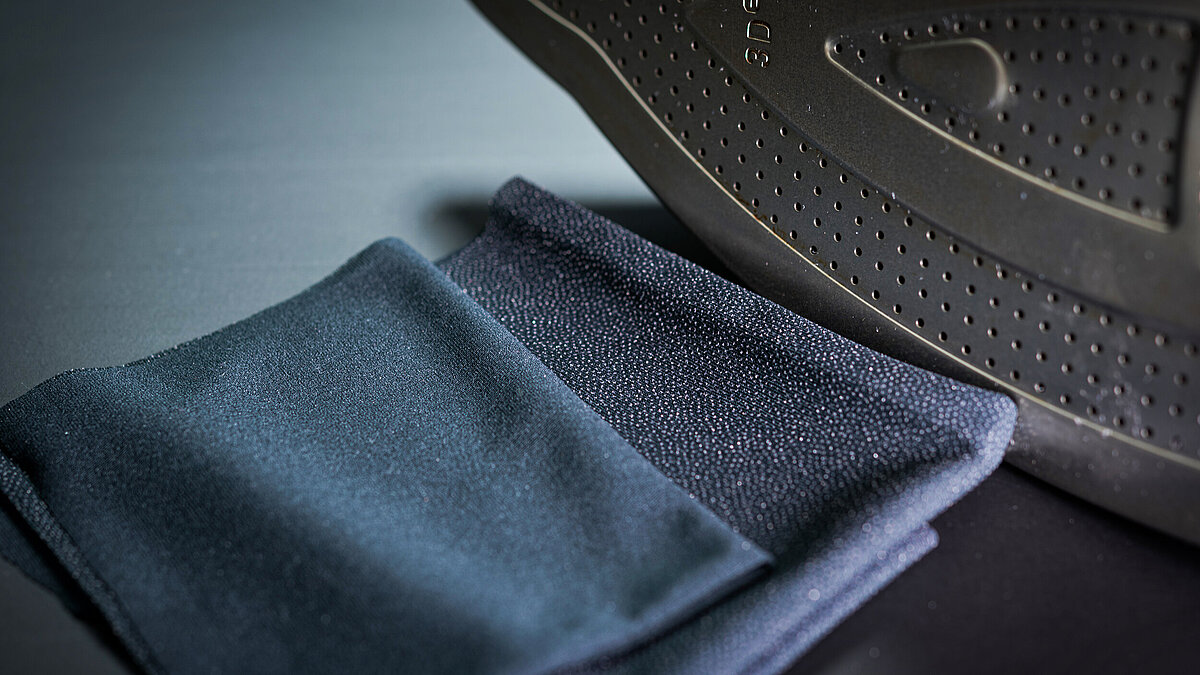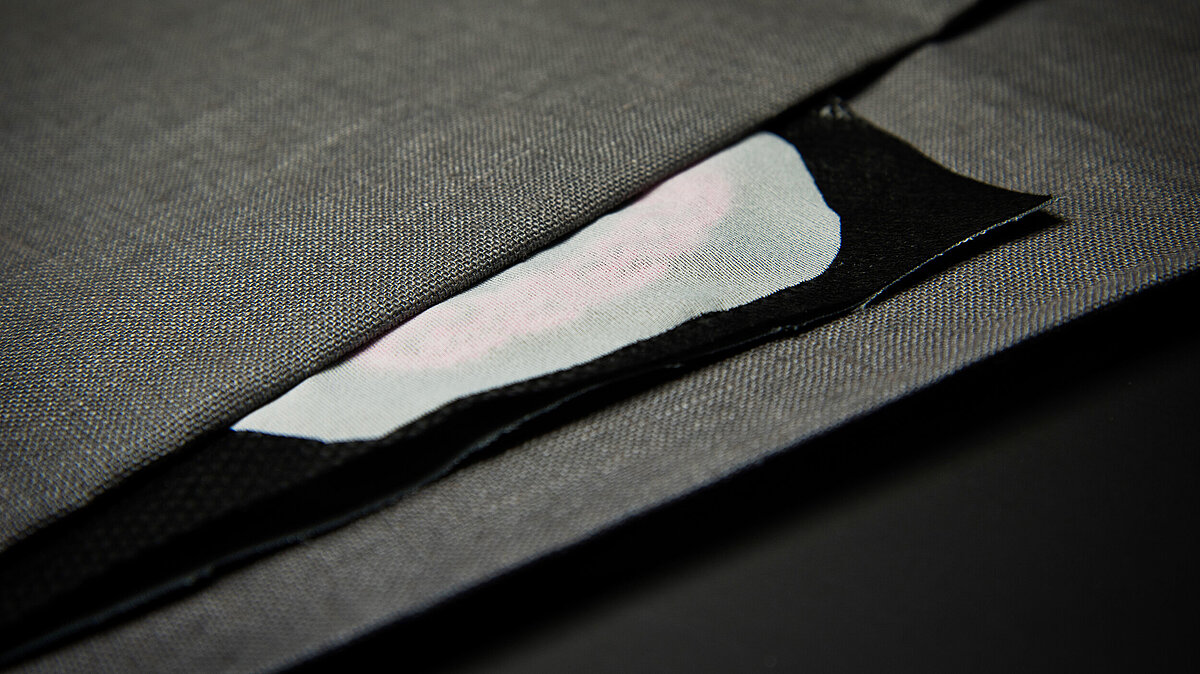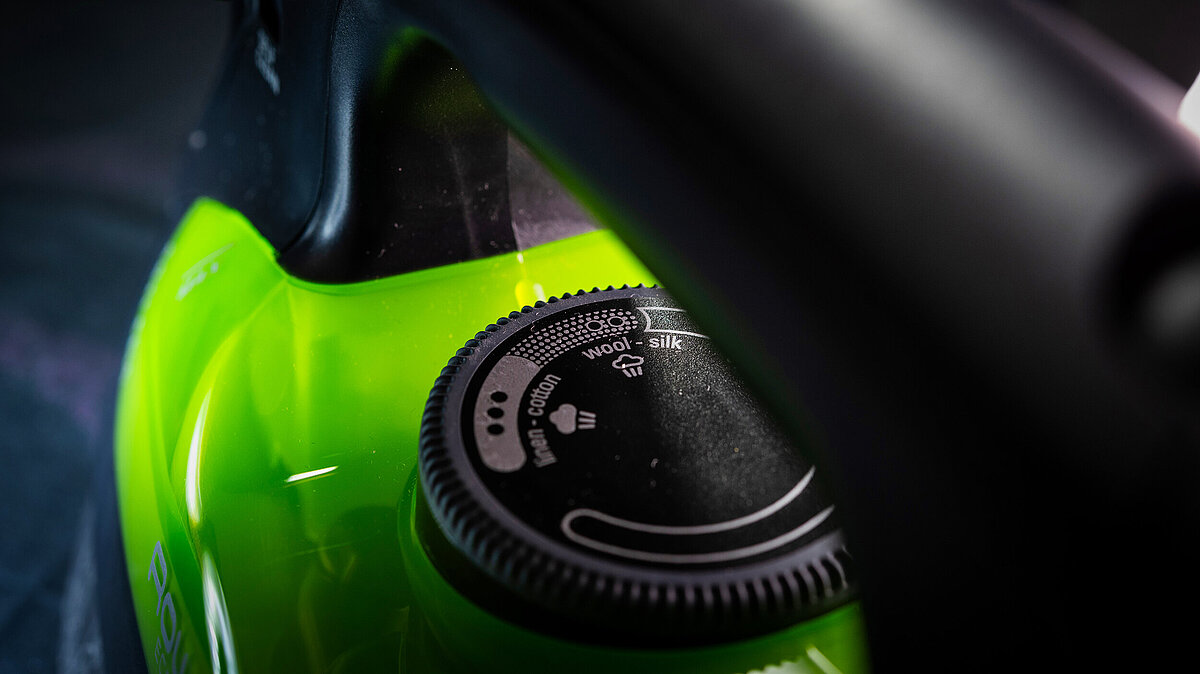How to use Comfort Wear to soften the back of embroidery
You know the feeling: a scratchy fabric, label or, in this case, the reverse side of embroidery can all be very irritating to the skin. But there is an easy and elegant remedy: simply use a soft embroidery inlay to cover the back of your embroidery and protect the skin from any unwanted discomfort.
Comfort Wear
Comfort Wear is just what you’re looking for and can be conveniently fixed onto the reverse of the embroidery by using a heat press or iron. Its adhesive agent will be activated again each time it is ironed and, as a result, will stick much longer than comparable products. E-ZEE Comfort Wear is available in black and white on rolls of 100 x 0.5 m.
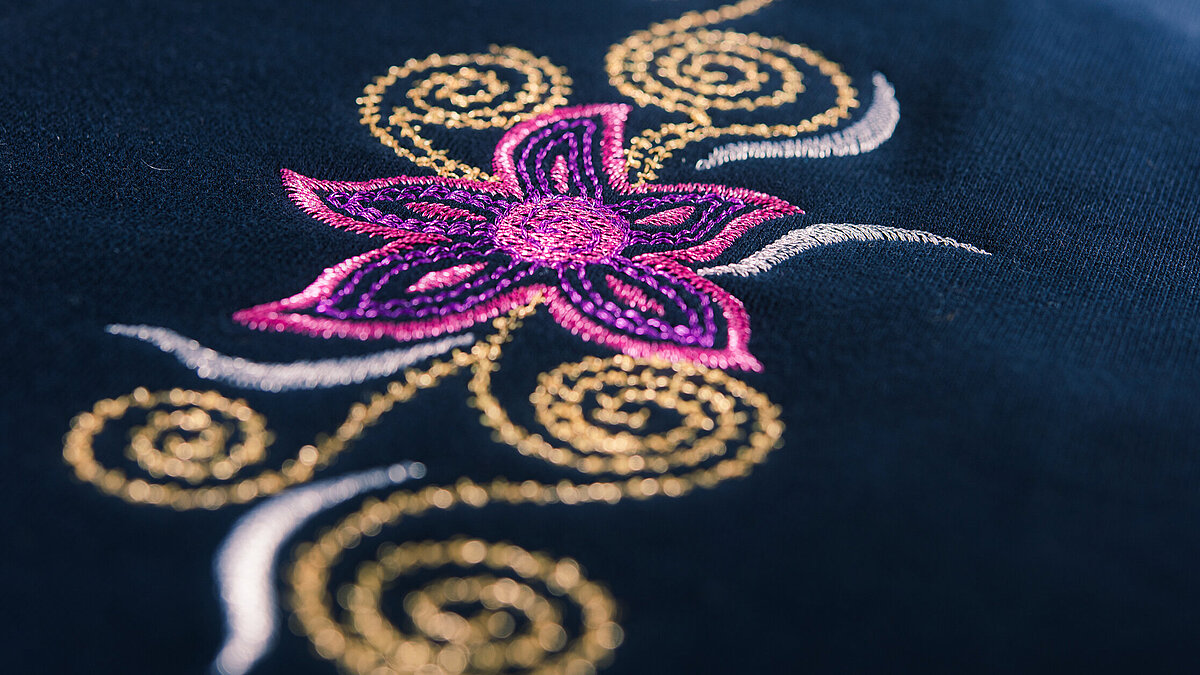
Important information for use
- Bonding conditions can vary depending on machinery and fabrics.
- Always run tests to establish your best individual settings.
- Ensure that the fabric can withstand the ironing temperatures.
- Heating above 160 °C for more than 30 seconds might harm the materials.
Good to know: Due to the differences in temperature resistance and finish of different fabrics, it is essential to run tests before starting production.
To download the Heat-Seal data sheet visit our toppings section
